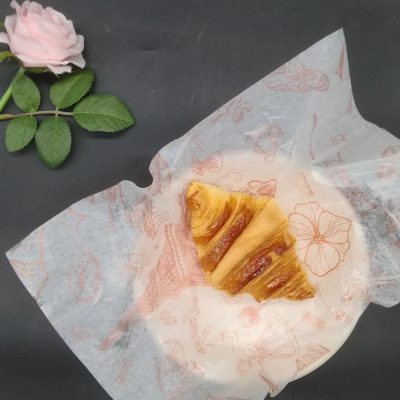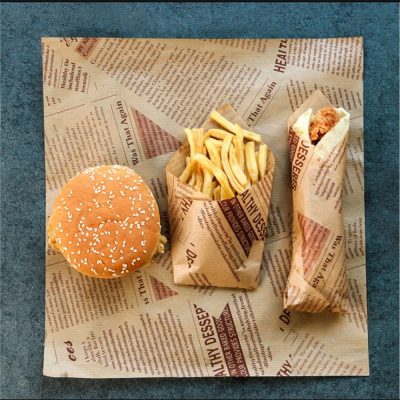Generally, oiled paper is a commonly used packaging product in the eyes of most consumers, especially for food packaging, such as snack trays, baking paper, etc. However, what are the main components of oiled paper? Is there a reliable guarantee for wrapping food in oil paper? Then, here are the answers for you all!
First of all, in the “Implementation Rules for the Production License of Food Paper Packaging, Containers and Other Products” of the General Administration of Quality Supervision, Inspection and Quarantine, “food paper packaging” includes: non-heat-sealing tea filter paper, heat-sealing tea filter paper, chicken skin paper, food parchment Paper, translucent paper, cellophane, food packaging paper (including waxed paper, coated paper, etc.), food packaging cardboard (including coated paperboard, white cardboard).
Is there a reliable guarantee for wrapping food in oil paper?
It is unknown which of the above categories the oiled paper that is often mentioned in daily life belongs to, but the oiled paper is used as dessert paper, baking paper, etc., and its potential safety hazards are often easily overlooked, and the oiled paper sold in wholesale markets is generally only It is relatively simple to stack them together, and there is no mark on the packaging and enterprise products, so the hygiene and safety cannot be guaranteed.
There are three types of oil paper commonly used in baking on the market today:
General greaseproof paper The surface of this type of paper is brighter than greaseless paper. It is suitable for baking bread, cakes, and biscuits under the ingredients to keep the baking tray clean.
Translucent paper Many sellers call it oil paper, also known as glassine paper, glossy paper, wax paper, the surface layer is super calendered, and the surface layer presents an oily luster. Its use method is basically the same as that of oil-proof paper. The biggest difference is that it is not oil-proof, and its waterproofness is not as good as that of oil-proof paper.
Food grade silicone oil paper is coated with food grade silicone oil on the basis of translucent paper or greaseproof paper through a special process. The advantages of this type of paper: the peeling degree is very good, the ingredients are not easy to stick to the paper, and it is resistant to ultra-high temperature, but the price is more expensive than oil paper and oil-proof paper.









